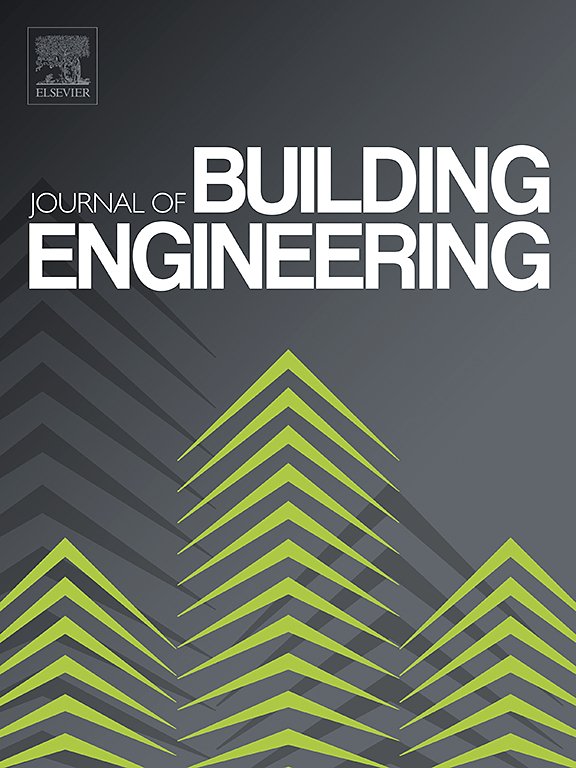摘要
为了进一步提高从建筑和拆迁中获得的再生细骨料(RFA)在超高性能混凝土(UHPC)中的利用率,本研究旨在采用纳米二氧化硅(NS)开发一种掺有 RFA 的高强度、低收缩的超高性能混凝土。对 UHPC 的工作性、抗压强度、自生收缩和抗氯化物渗透性进行了一系列实验评估。分别使用等温量热法、热重分析法、扫描电子显微镜和水银渗入孔隙分析法对 UHPC 的水化产物、孔隙结构和微观结构进行了分析。结果表明,添加 RFA 会降低 UHPC 的流动性和早期抗压强度。但是,它能有效缓解自生收缩,并补偿后期强度损失。在含有 RFA 的 UHPC 中,NS 可明显提高早期抗压强度和抗氯化物渗透能力。将 20% 的 RFA 和 3% 的 NS 结合使用可在 7 天内将自生收缩率降低 65.6%,在 28 天时将 UHPC 试样的抗压强度提高 12.1%,氯离子扩散系数降低 16.5%。此外,RFA 和 NS 的协同作用促进了水泥水化,降低了孔隙率,进一步细化了孔隙结构,改善了 UHPC 的界面过渡区。这为推进环境可持续发展提供了宝贵的见解,即在制造超高性能混凝土时协同利用 RFA 和 NS,减少碳足迹。To further improve the utilization of recycled fine aggregates (RFA) obtained from construction and demolition in ultra-high performance concrete (UHPC), this work aims to adopting the nano-silica (NS) to develop a UHPC incorporating RFA with high strength and low shrinkage. A series of experiment evaluation on the workability, compressive strength, autogenous shrinkage and resistance to chloride penetration of UHPC are conducted. The hydration products, pore structure, and microstructure of UHPC are analyzed using isothermal calorimetry, thermogravimetric analysis, scanning electron microscopy, and mercury intrusion porosimetry, respectively. Results indicate that the addition of RFA decreases the flowability and early compressive strength of UHPC. However, it effectively mitigates autogenous shrinkage and compensates for the later-stage strength loss. NS significantly enhances the early compressive strength and resistance to chloride penetration in UHPC containing RFA. The combined incorporation of 20 % RFA and 3 % NS leads to 65.6 % reduction in the autogenous shrinkage within 7 days, 12.1 % improvement in compressive strength and 16.5 % decrease chloride diffusion coefficient of UHPC specimens at 28 days. Furthermore, the synergistic effects of RFA and NS promote the cement hydration, reduce the porosity and further refine the pore structure, and improve the interface transition zone in UHPC. This provides valuable insights for advancing the development of environmentally sustainable which collaborative utilization of RFA and NS in the manufacture of UHPC with reducing carbon footprint.

 求助内容:
求助内容: 应助结果提醒方式:
应助结果提醒方式:


